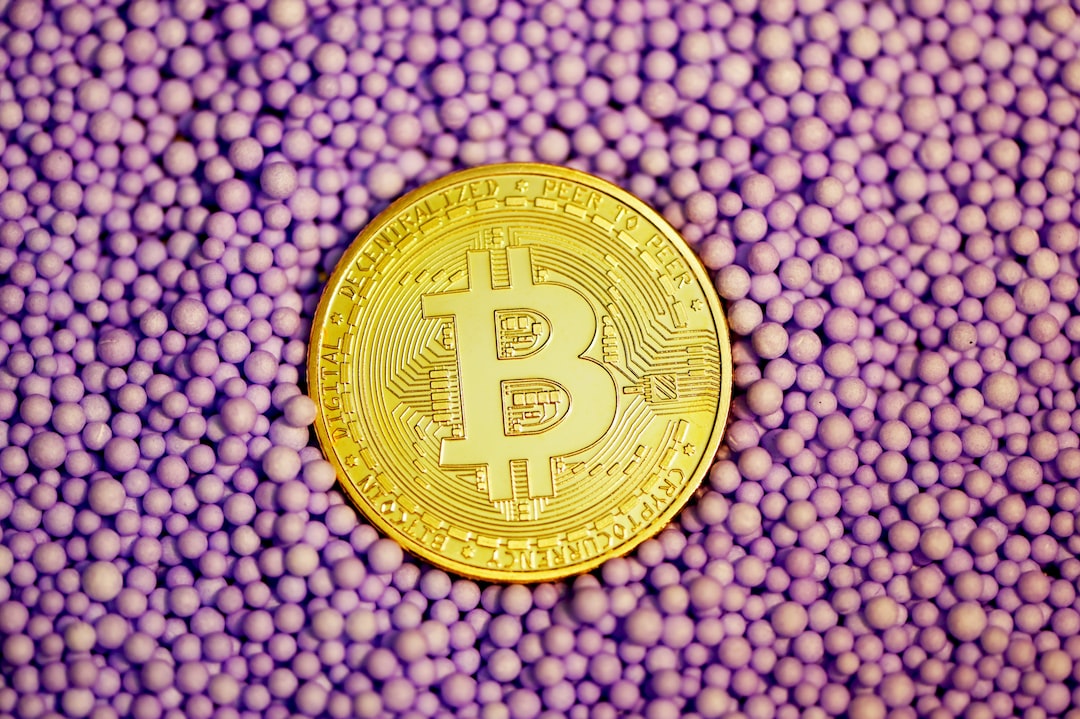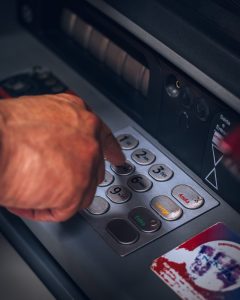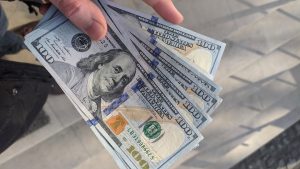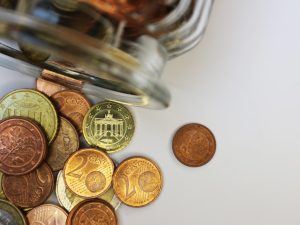When it comes to trading forex, one of the most important factors to consider is the cost of trade. This refers to the fees and charges that traders are required to pay in order to enter and exit positions in the market. There are a number of different costs of trade, but one of the most common is the spread. In this article, we’ll take a closer look at what the spread is, how it works, and how much traders are really paying when they trade forex.
What is the spread?
The spread is the difference between the bid price and the ask price of a currency pair. The bid price is the price at which buyers are willing to purchase a currency pair, while the ask price is the price at which sellers are willing to sell a currency pair. The spread represents the cost of trade for the trader, and is typically measured in pips, which is the smallest unit of measurement for currency pairs.
How does the spread work?
When traders enter a trade, they do so by buying one currency and selling another. The spread is the cost of this transaction, and is paid to the broker or market maker who facilitates the trade. For example, if the bid price for EUR/USD is 1.2000 and the ask price is 1.2005, the spread is 5 pips. This means that if a trader were to buy EUR/USD at the ask price of 1.2005, they would immediately be in a losing position, as the bid price would need to rise by 5 pips just for the trader to break even.
How much are traders really paying?
The cost of the spread can vary depending on a number of factors, including the broker, the currency pair, and the market conditions. Generally speaking, the more volatile the market, the wider the spread will be. This is because market makers and brokers need to protect themselves against losses in volatile market conditions, and will widen the spread in order to do so.
To understand how much traders are really paying in spread, it’s important to look at the actual cost in terms of pips. For example, if a trader enters a trade with a spread of 2 pips, they will need to make a profit of at least 2 pips in order to break even. If the spread widens to 4 pips, the trader will now need to make a profit of at least 4 pips just to break even. This can make it more difficult for traders to make a profit, especially in volatile market conditions.
It’s also worth noting that the spread is just one of the costs of trade that traders need to consider. Other costs include commissions, swaps, and slippage, all of which can have an impact on the profitability of a trade. For this reason, it’s important for traders to carefully consider all of the costs of trade before entering a position.
In conclusion, the spread is an important factor to consider when trading forex, as it represents the cost of trade for the trader. While the spread can vary depending on a number of factors, traders should always be aware of the actual cost in terms of pips, and should carefully consider all of the costs of trade before entering a position. By doing so, traders can ensure that they are making informed decisions and maximizing their chances of success in the forex market.





